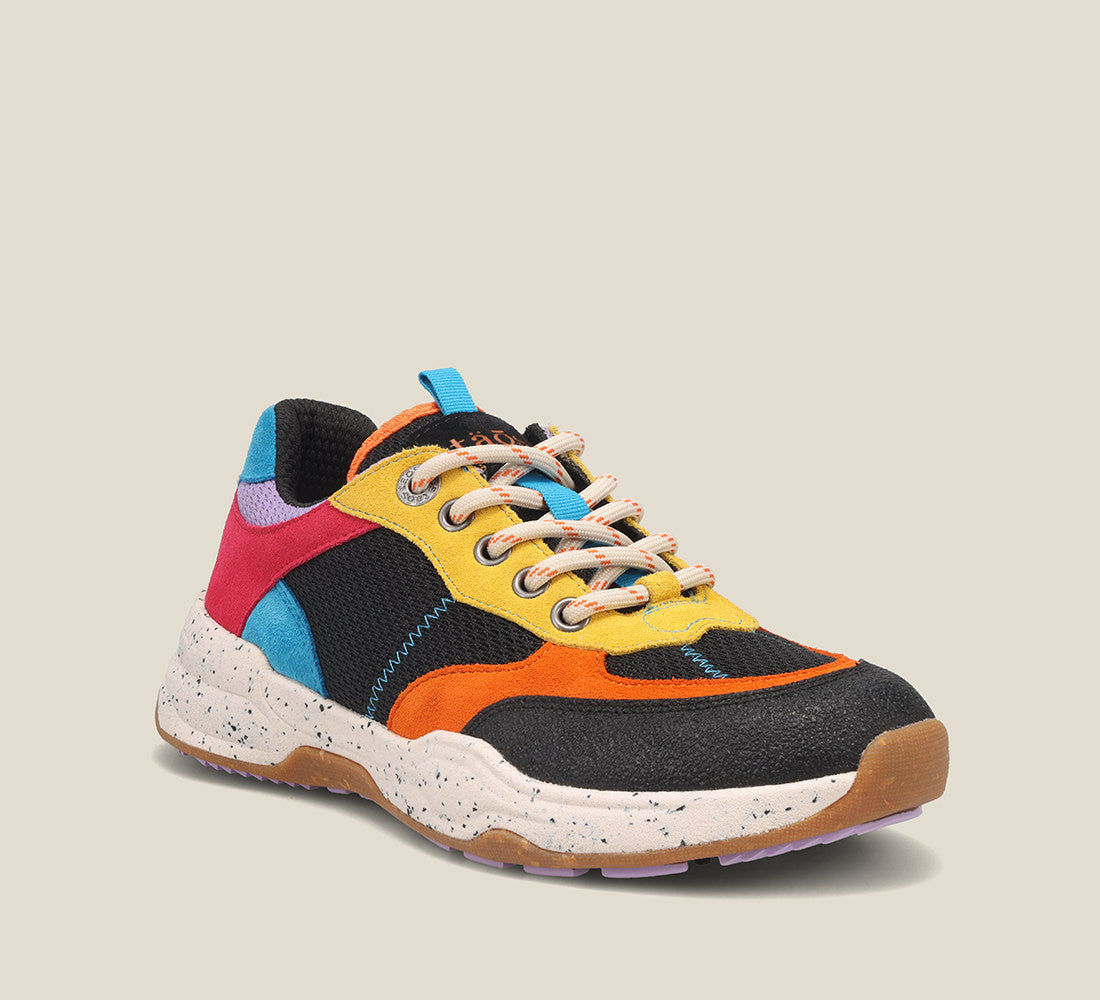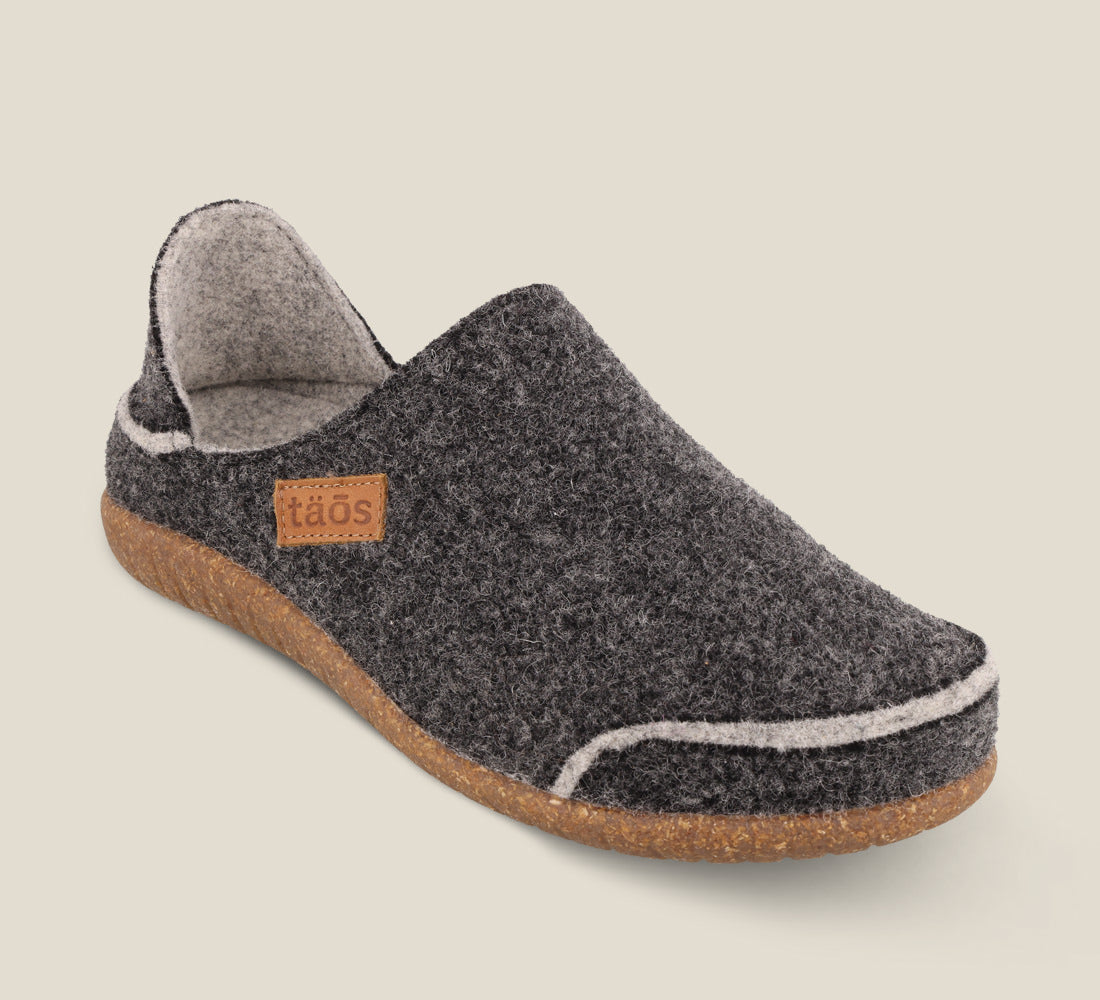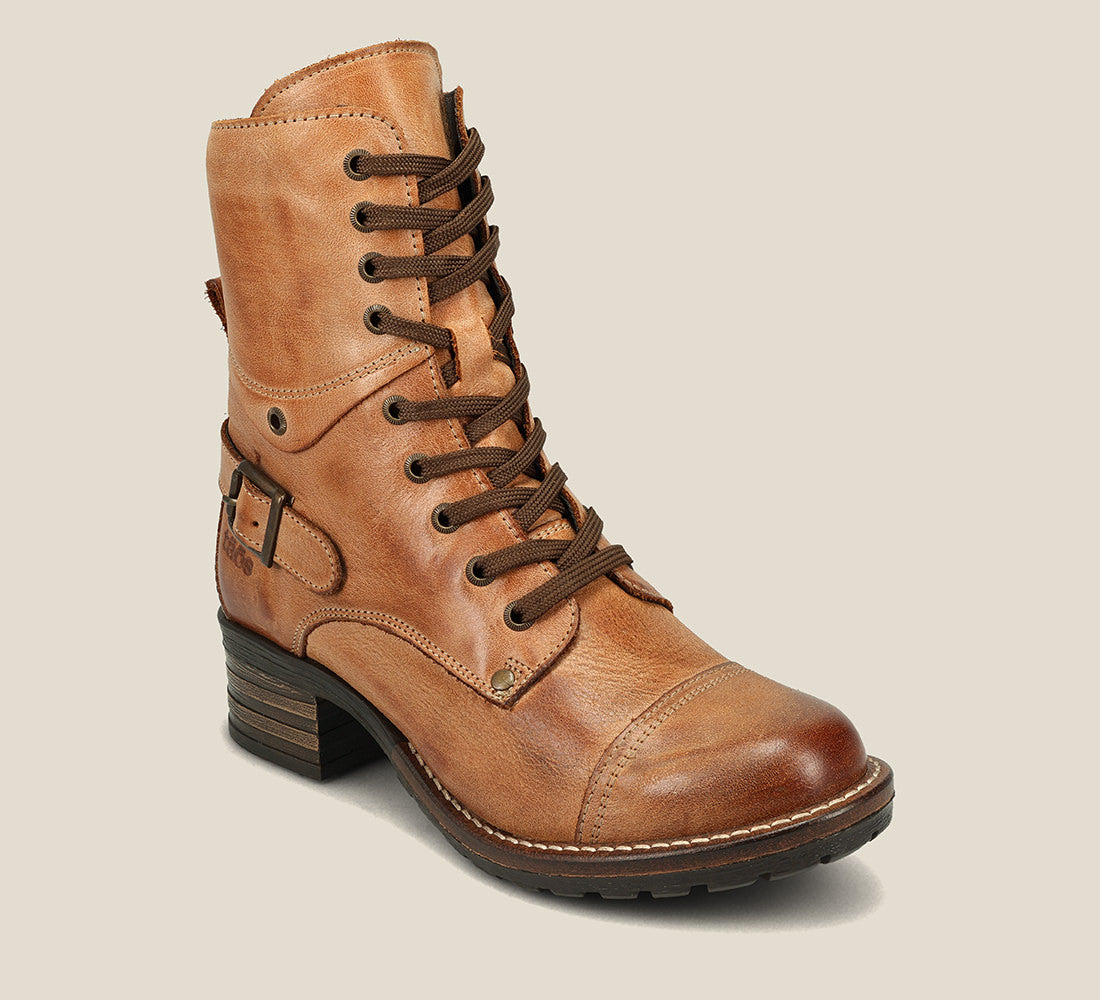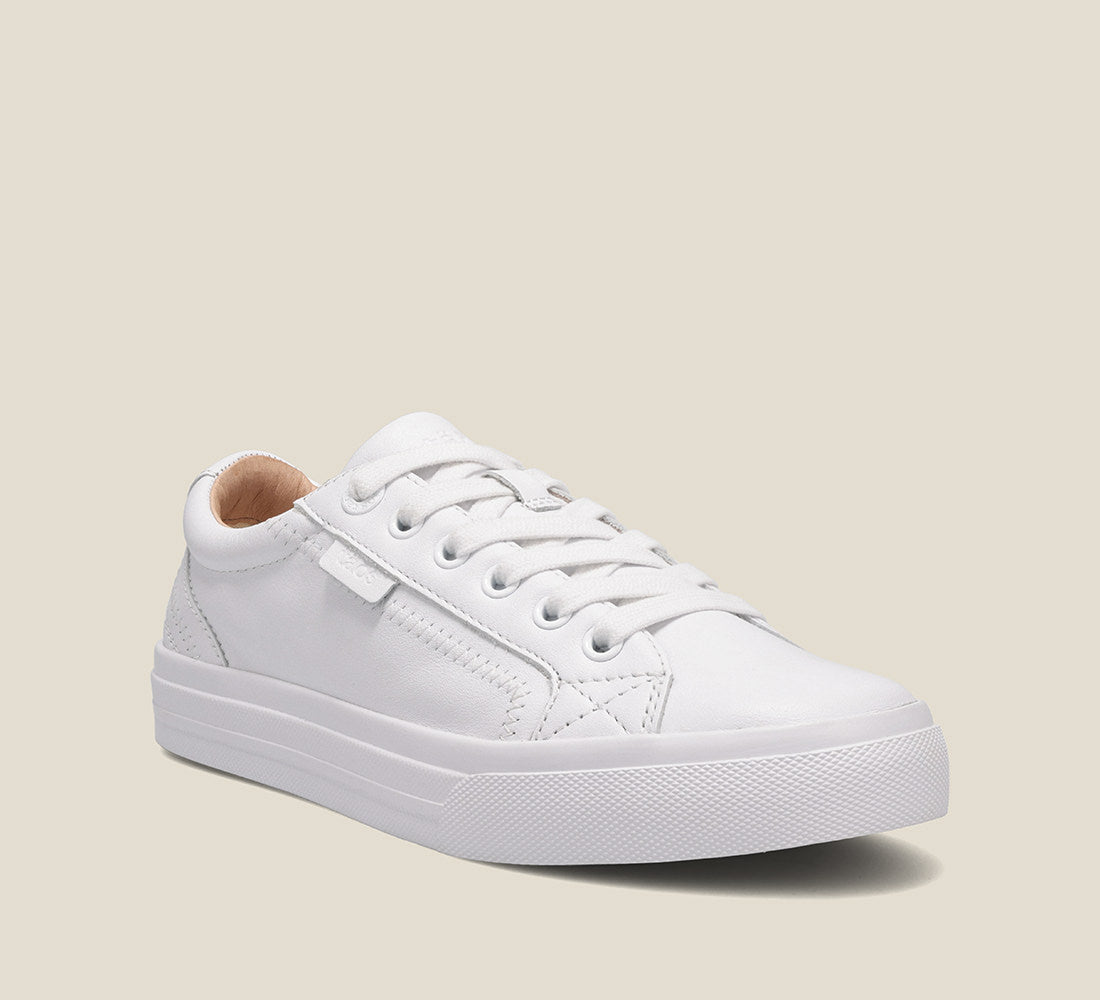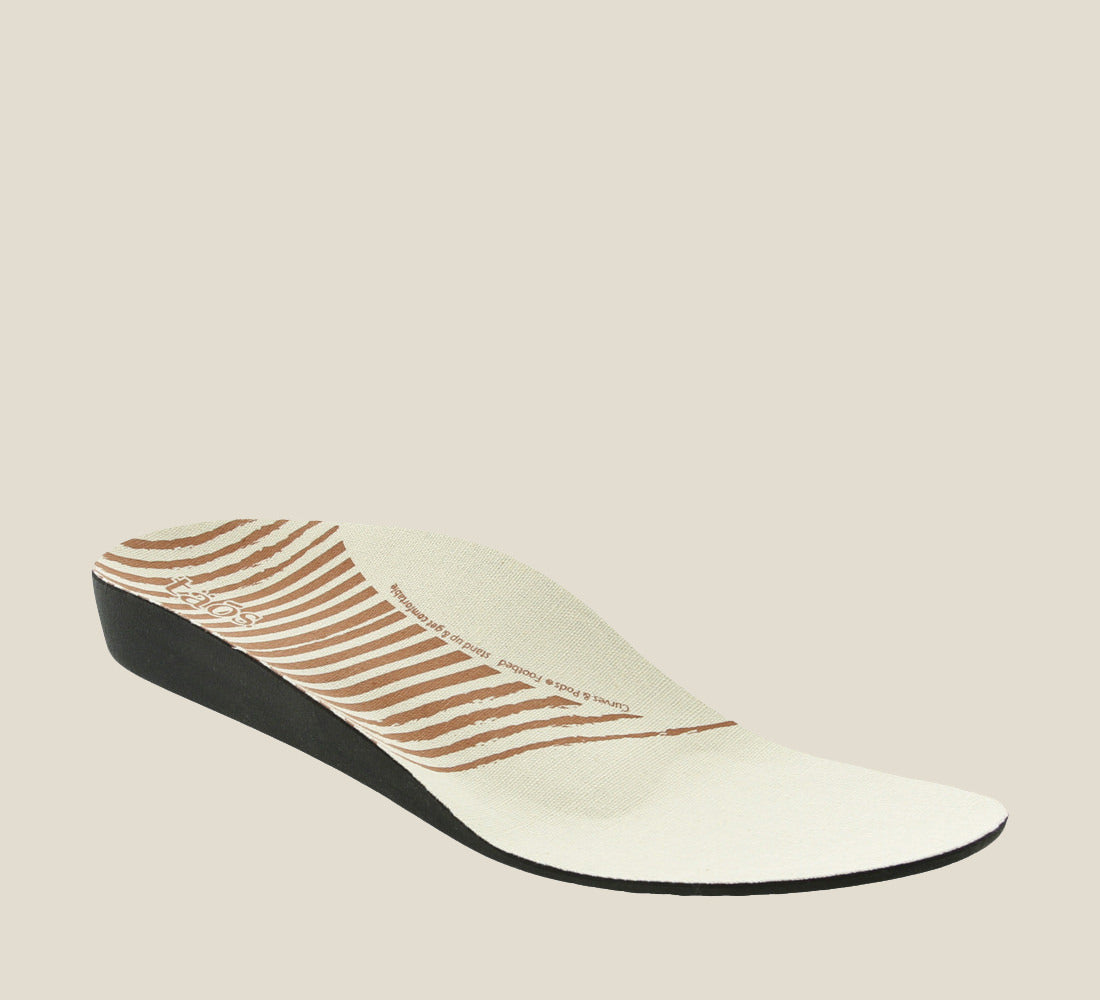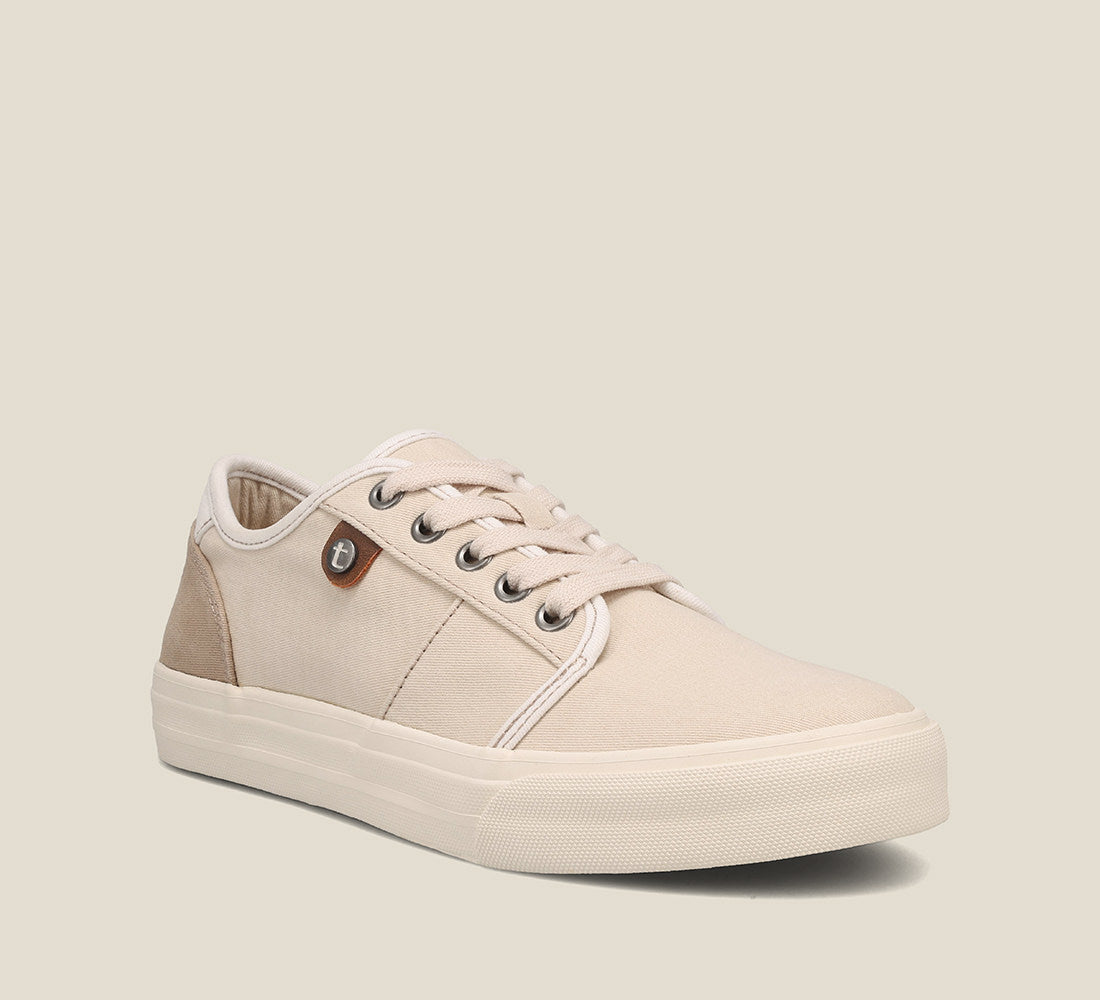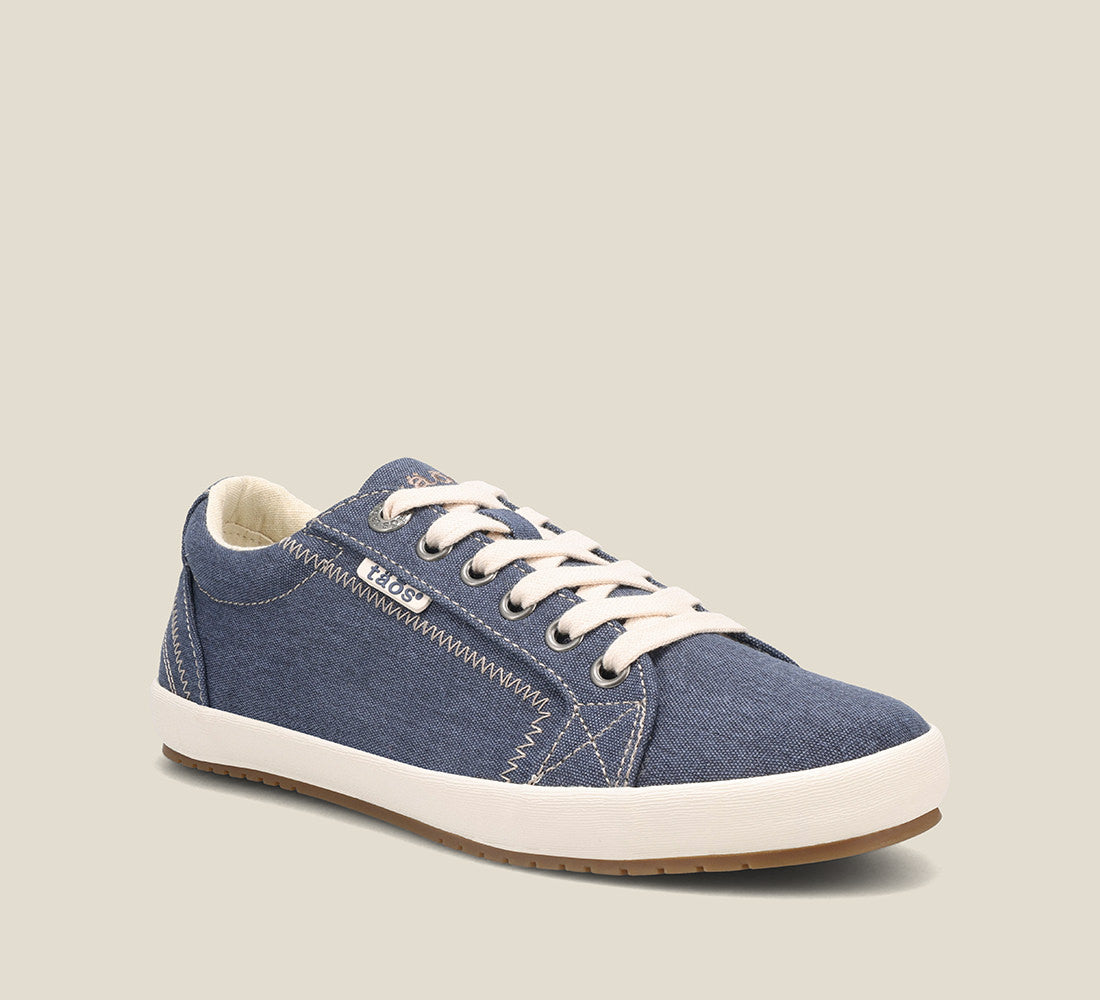Types of Shoes That Every Woman Needs

5 Types of Shoes & Sandals that Every Woman Needs
1. Casual Walking Shoes
Casual walking shoes are a staple in every woman’s footwear collection. Their casual look pairs with practically any outfit, from athleisure to jeans and tees to casual dresses. They’re designed to keep you comfortable and stylish on leisurely walks, while running errands, or during casual outings.
Comfort is the focus, though the simple appearance makes them a reliable and practical choice for day-to-day activities. Ask any woman you know, and white canvas sneakers are her go-to shoe when she steps out of the house.
What to Look For
Shopping for casual walking shoes is pretty simple; you’re looking for a comfortable pair of shoes that you can picture yourself wearing every day. You’ll likely be drawn to certain sneakers by their appearance first. Choose a neutral tone that can match multiple outfits – think black, white, gray, and brown.
Once you’ve settled on a style & color, make sure that it’s comfortable to wear. Specifically, it should offer plenty of arch support, fit you correctly (both length & width), and keep you balanced when walking.
Finally, consider the material – canvas and leather sneakers are two of the most popular, and for good reason. These breathable fabrics will keep your feet cool and dry, even as you stroll through the streets of Europe in the summer.
Impact on Foot Health
Because they’re your everyday sneakers, your casual walking shoes will likely have the biggest impact on your foot health compared to the rest of your closet. And if you choose the right pair, your feet will be more comfortable throughout the day and less fatigued when you finally take the sneakers off at night.
High-quality casual shoes are instrumental in preventing common foot problems. A roomy toe box can reduce the risk of bunions and corns, while cushioned insoles and arch support can prevent the overuse and strain that lead to plantar fasciitis.
2. Running Shoes
What to Look For
When selecting running shoes, you must choose a pair that matches your running style. If you strike the ground from heel-to-toe, you need a pair with ample heel cushioning. But if you strike on your mid-foot, look for a pair with uniform cushioning throughout.
Flexibility is another key factor; the shoe should naturally bend at the ball of the foot to allow for efficient movement. The only part of the shoe that shouldn’t be flexible is the heel counter, the rigid structure at the back of the shoe. It provides stability and helps to control the foot’s motion during running.
Impact on Foot Health
3. Training Shoes
Training shoes, or informally known as “trainers,” are sneakers designed for gym workouts, cross-training routines, and fitness classes. Unlike running shoes, which are built for forward motion, training shoes offer support for multidirectional movements, including lateral cuts and jumps.
They often feature a flatter sole and more even heel-to-toe drop to promote stability during weightlifting and resistance exercises. The construction provides a blend of support, cushioning, and flexibility, a must-have if you’re a fitness enthusiast.
What to Look For
Stability & support are the two most important elements of trainers. A flatter sole will create a stable platform for weightlifting exercises, helping you to maintain balance during workouts. Towards the back of the shoe, you want a supportive heel to anchor your foot and provide a secure and comfortable fit, especially during high-impact exercises. And because you’re changing directions constantly, you may want to add a heel lock, a special lace-tying technique that “locks” your heel into the shoe.
Additionally, look for shoes that offer exceptional side-to-side support, especially if you regularly engage in any agility or unilateral movements. The shoe will secure your foot, minimizing the risk of ankle rolls or other injuries.
Impact on Foot Health
The right training shoes are integral to your foot health and workout experience. A well-designed training shoe should provide stable support and increase your exercise performance. With stable support, you’re less prone to missteps or injuries.
And in terms of performance, your trainers should allow you to maintain proper form and alignment. As a result, your movements will be more powerful & efficient. If you’re serious about your fitness, a quality pair of training shoes is a worthwhile investment.
4. Sandals
Life is better in sandals. The sun is shining, you’re at the beach or the lake, and most importantly, you feel relaxed. With an open-toe construction, your feet can easily breathe in hot weather, making them the go-to footwear choice for both casual & formal occasions. There are dozens of types of sandals for women, each of which varies in style & construction design. And while every woman has her preferences, there’s one factor that should be considered above all others when shopping for sandals: comfort.
What to Look For
When shopping for women's sandals, comfort and support are just as important as style. Even in flatter styles, look for options that provide arch support to promote foot health and comfort during extended wear. The straps should be smooth and well-positioned in a way that they don't cut into or chafe your foot. Many women prefer adjustable straps so that they can customize their fit.
Materials also matter. Skip the cheap rubber flip flops and invest in stable cork footbed sandals and durable leather straps.
Impact on Foot Health
Most people are under the impression that sandals aren’t good for your feet. And for the most part, they’re right. But high-quality sandals are designed to offer support, just like sneakers, helping you to avoid foot strain. So instead of your feet aching all day, you can stay active and comfortable while enjoying the sunshine.
It's important to choose sandals with structured support to prevent plantar fasciitis and other foot issues. Sandals with contoured footbeds and adequate arch support are designed to align your feet naturally, making you feel like you’re walking on clouds. They’ll also prevent your ankle from rolling excessively inwards, preventing overpronation.
5. High Heels & Dress Shoes
Most women love to wear high heels & dress shoes, especially with a gorgeous dress or fashionable work outfit. There are many types of heels: stilettos, blocks, and wedges to name a few. They make your legs look longer, sleeker, and more toned. Dress shoes, like flats, loafers, and Oxfords, offer a polished, classic appearance without added height. Many women prefer these in formal & professional settings because they tend to be more comfortable.
What to Look For
The problem with many dress shoes, specifically high heels, is that they force your feet & toes into an unnatural position. But in fact, they’re still a widely accepted footwear choice, with 42% of women admitting to wearing a shoe even if it gave them discomfort. But the choice doesn’t have to be between fashion or function; there are heels that combine both fashion and function.
Look for a heel height & shape that you can wear confidently and comfortably. Block heels and wedge sandals tend to be more stable and easier on the feet. Pay attention to cushioning, especially at the ball of the foot, and choose straps & shapes that are soft and breathable. Whether you’re shopping for heels or dress shoes, they shouldn't pinch or squeeze your foot. Instead, they should accommodate your foot’s natural curve, helping to prevent discomfort and potential long-term foot issues.
Impact on Foot Health
Wearing high heels for extended periods, especially during long events, can quickly lead to foot pain. In heels, most of your body weight is centered over your toes, which are not designed to support you for more than a few seconds. Choose heels with lower heights and wider bases to stabilize your gait while also giving you the confidence to take over the party or the boardroom.
The average woman owns over 10 pairs of shoes. And we’re not saying that you need to limit your shoe obsession by any means, but you need to make sure that you have essential footwear for casual wear, running, training, beach days, and nights out. Though you’ll wear them on different occasions, there are a few core principles that should tie them all together: comfort, support, and fit. Choosing the right pairs of sneakers will prevent foot pain and promote foot health, so you can buy even more shoes down the road and wear them in style.
FAQs
Do I need running shoes?
If you don't run on a regular basis, you don't need running shoes. However, they may come in handy for hikes & family outings.
Are training shoes and gym shoes the same?
Yes, training shoes & gym shoes are the same; both are intended for multi-functional athletic activities.
Are sandals good for your feet?
Not all sandals are good for your feet; make sure to select a pair that offers full-foot support and is made from quality materials.
What height heel should I get?
There's no right or wrong answer, but we recommend wearing heels under 3" to preserve foot health.
Sources
Maitland, Andrew. “Tips To Avoid Foot Pain From High Heels.” Melbourne Podiatry Clinic. September 28, 2022. https://www.melbourne
podiatryclinic.net.au/tips-to-avoid-foot-pain-from-high-heels/
 Leather
Leather
 Canvas
Canvas
 Slip-on
Slip-on
 White
White
 Men's
Men's
 Soft Support
Soft Support
 Cork Support
Cork Support
 Euro Cork Support
Euro Cork Support
 Wedge Collection
Wedge Collection
